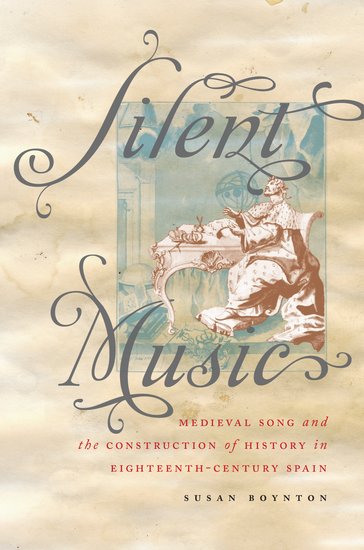The temporary disappearance of the Codex Calixtinus was devastating to scholars and the general public alike because of its historical significance and special status as a symbolic object representing an important component of Spain´s national identity. This monumental collection of texts, images, and music relating to the cult of Saint James the greater in Santiago de Compostela is the most eloquent testimony (besides the Cathedral of Santiago itself) to the process by which James of Zebedee came to be revered as the Apostle of Spain. By the eleventh century, the belief that James had preached the Gospel in the Iberian peninsula had accrued onto the conviction that his body had been translated to Santiago.
The enduring appeal of Saint James’s continued presence in Galicia nourished a thriving pilgrimage to his tomb. The pilgrimage became a signal feature of European religious and cultural history; as such, it was crucial to the region´s economic and political development. Gradually, Santiago (both the saint and his resting place) became intimately linked with royal patronage and with the history of Spain.
Like the saint’s cult, the idea of Spain long remained a fluid entity that shifted with the political landscape.
The Codex Calixtinus is an important witness to the construction of the Santiago’s cult in the middle decades of the twelfth century, when the French influence in the Iberian peninsula was at a high point. Given the cultural and political environment in which the pilgrimage to Santiago developed, it comes as no surprise that the manuscript contains musical notation typical of central France. A section of the Codex added in the mid-twelfth century comprises a collection of polyphonic compositions and a complete mass and office for the feast of Santiago.
The unique set of chants for Santiago was apparently notated in the area around Nevers, and possibly connected to the church of the Madeleine at Vezelay. Although other texts in the Codex (such as the pilgrim’s guide to Santiago, the miracles of Saint James, and an account of the saint’s translation from the Holy Land to Compostela) are all of equal importance in the creation of the cult, the music for the veneration of the saint evokes most suggestively the expression of devotion to the saint in performance. This music also reveals the rich cross-fertilization that resulted from the contribution of French clergy.
It may seem ironic that a book so central to the idea of the Spanish nation should be so deeply imprinted by the involvement of French clerics, but this is a pattern in the history of Spain. In the eighteenth century, the accession of the Bourbon dynasty to the Spanish throne yielded new inroads for French culture in Spain and led to another phase in the formation of modern Spanish identity. One of the most significant projects under the Bourbons was the inventory of the ecclesiastical archives. Andrés Marcos Burriel, the Jesuit scholar entrusted with the inventory of holdings in Toledo Cathedral, the primatial see, apparently took a special interest in the Codex Calixtinus as had generations of historians before him. From the twelfth century onward, copies and partial copies of the codex were made for all kinds of reasons.
Around 1750, excerpts from the codex were compiled for Burriel, to assist him in his goal of writing a new ecclesiastical history of Spain. For Burriel, as for us, the contents of the Codex Calixtinus were both old and new. The texts, music, and images in the precious book now restored to the cathedral treasury are the traces of the process by which medieval saints’ cults were formed, and at the same time, they are the vestiges of a pilgrimage that continues to hold meaning today for countless thousands.



Thank you for article. Interested in this subject as art historian, amateur medvl musicologist, pilgrim 2011. More info/leads very welcome. Writing a book re Camino experience & lore.